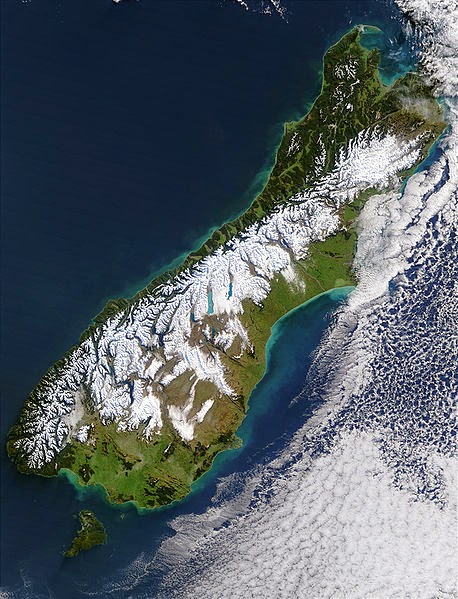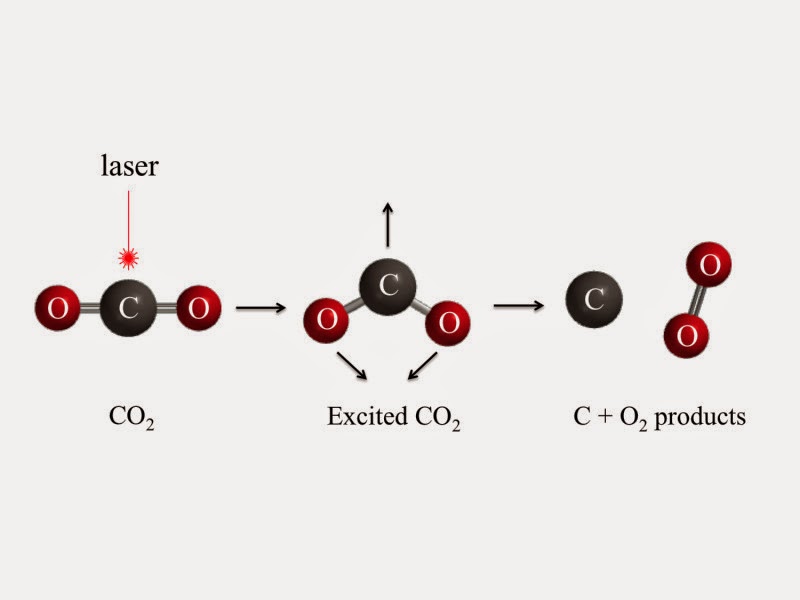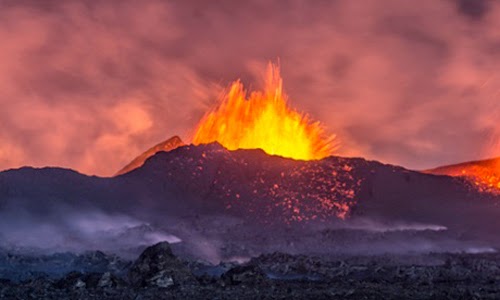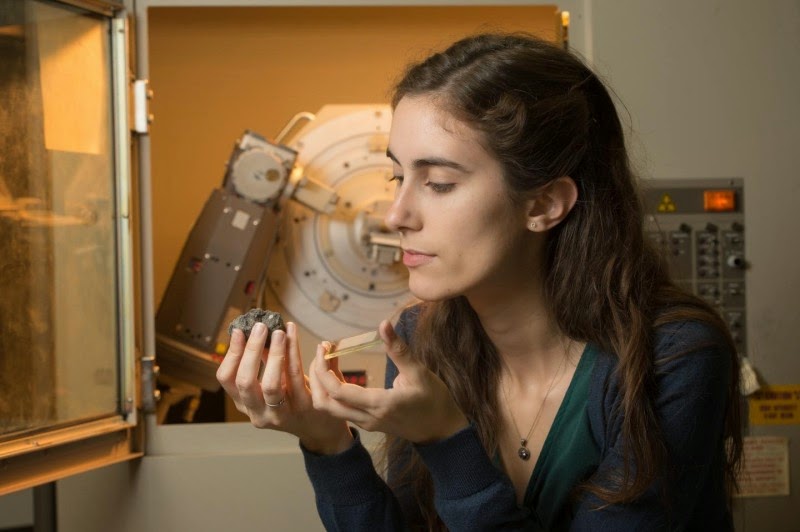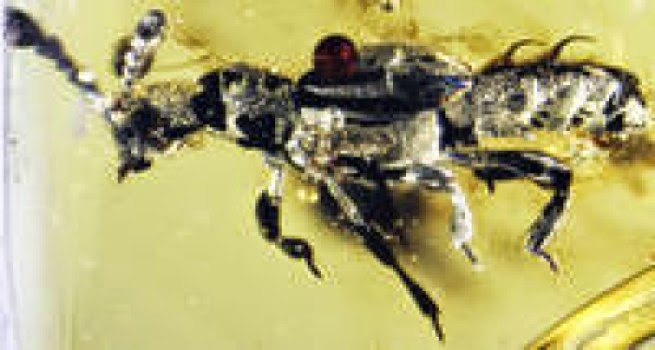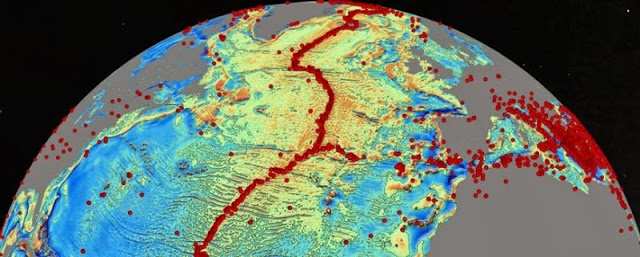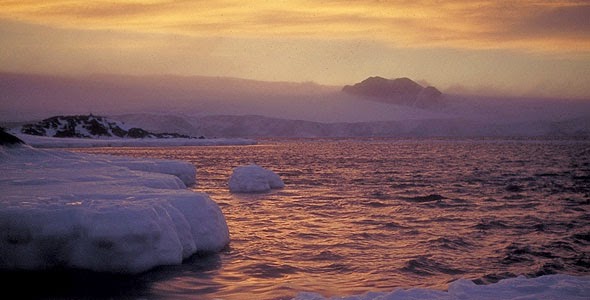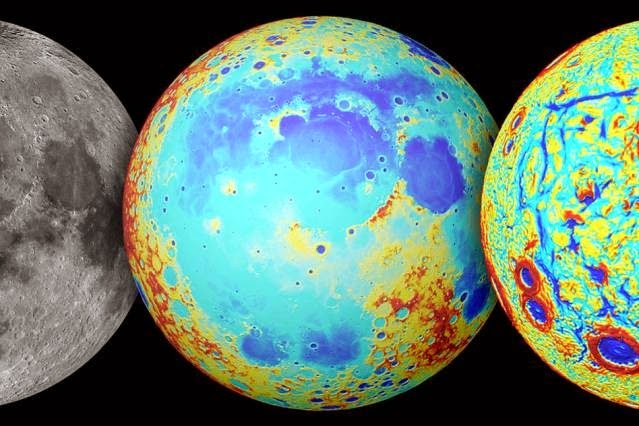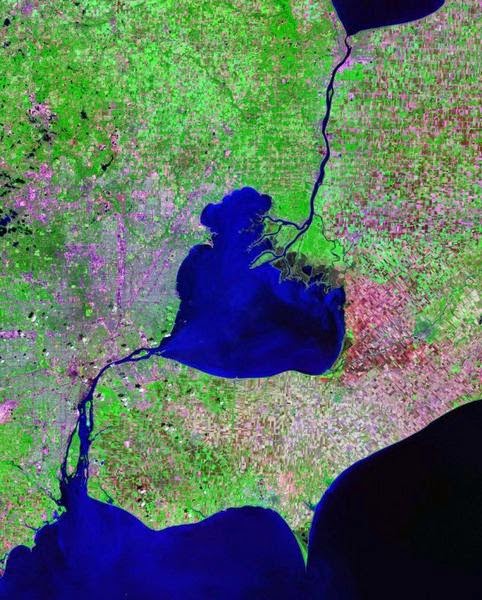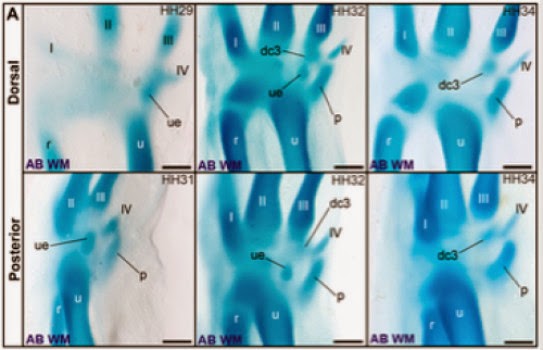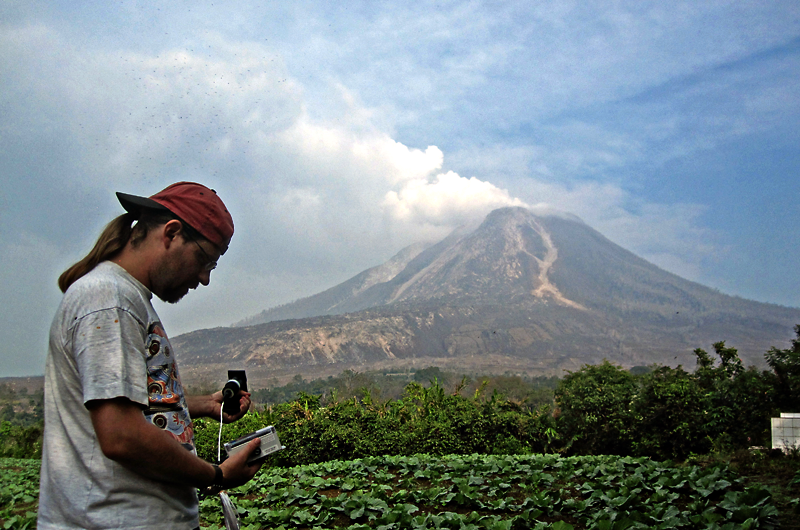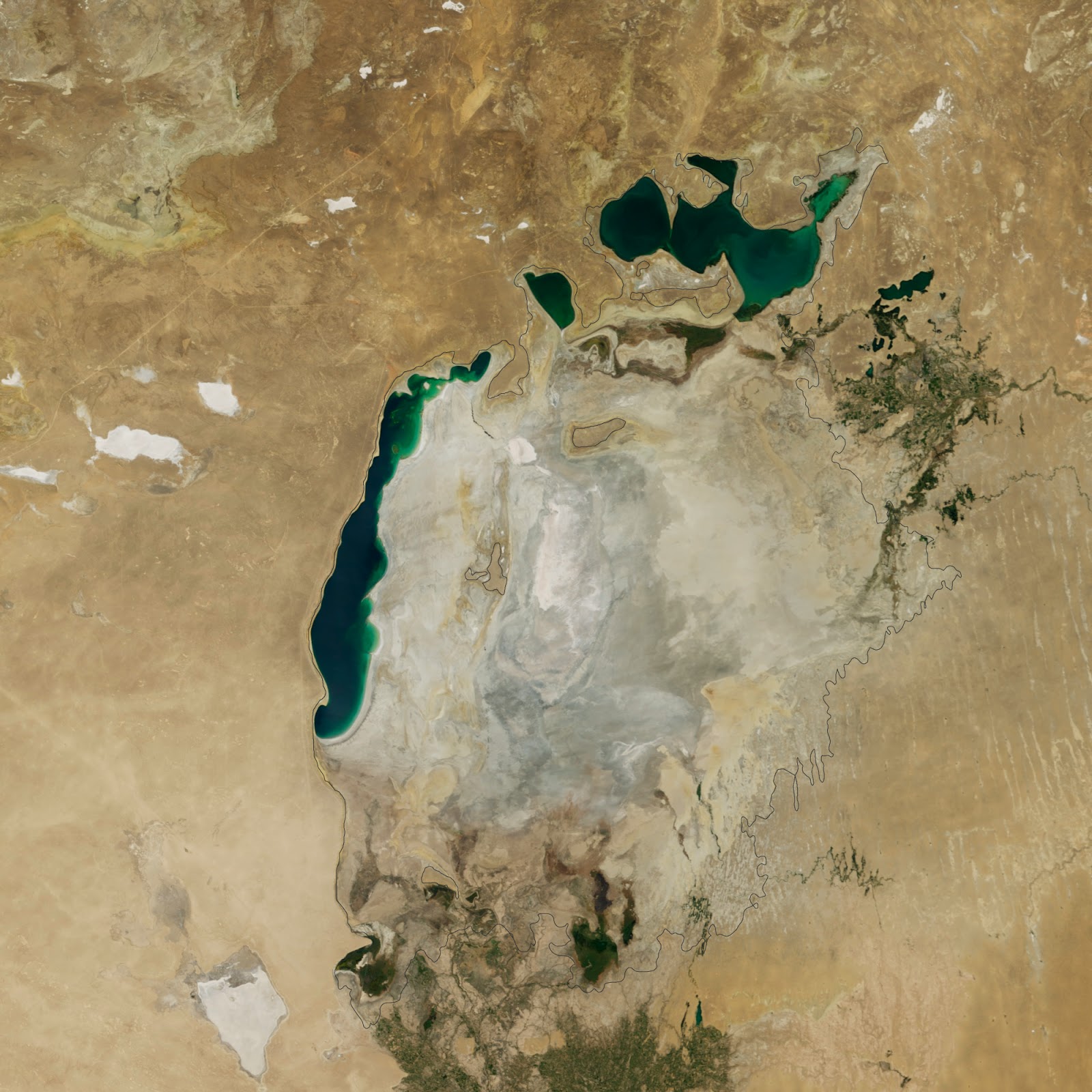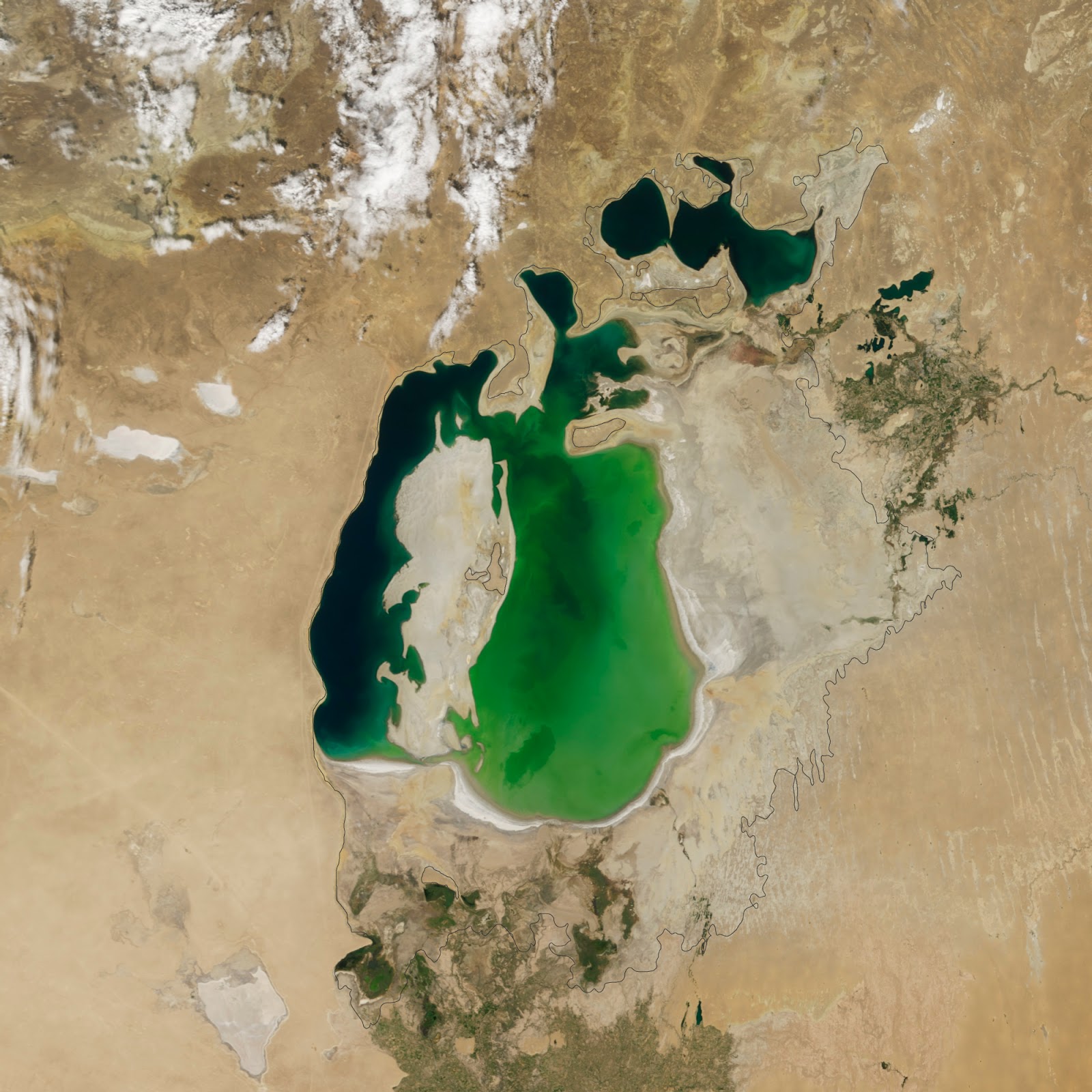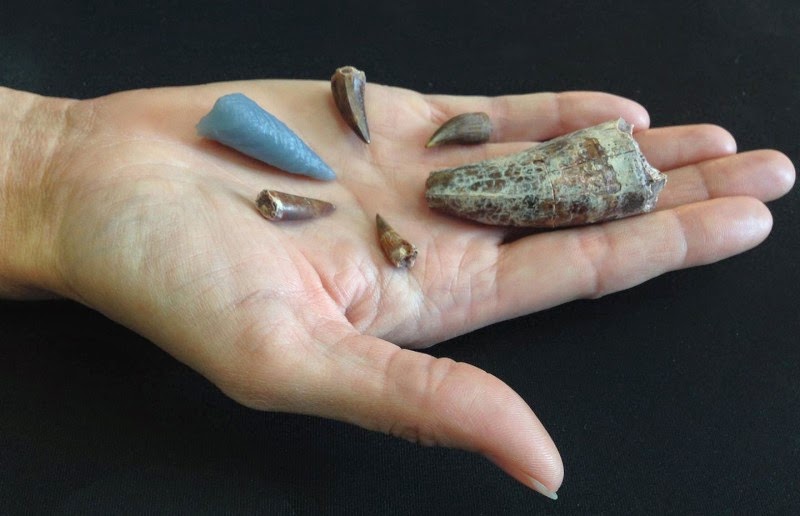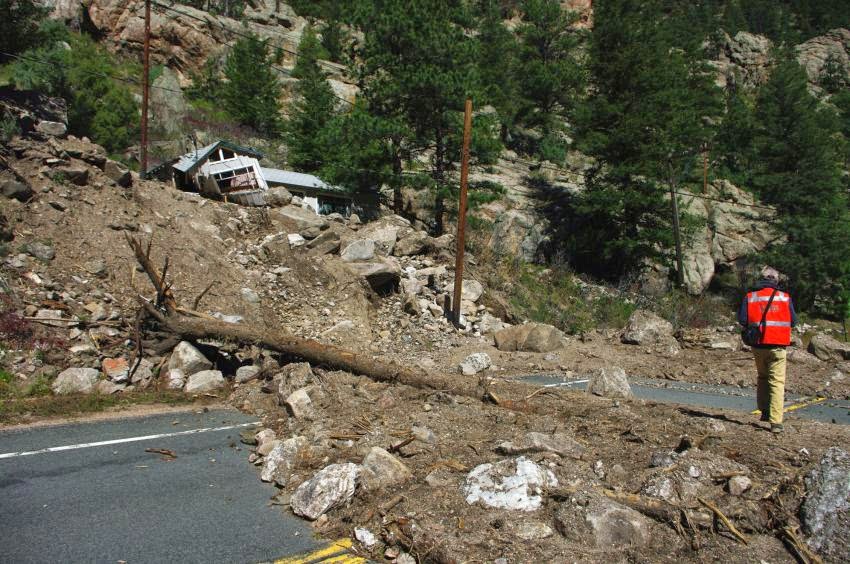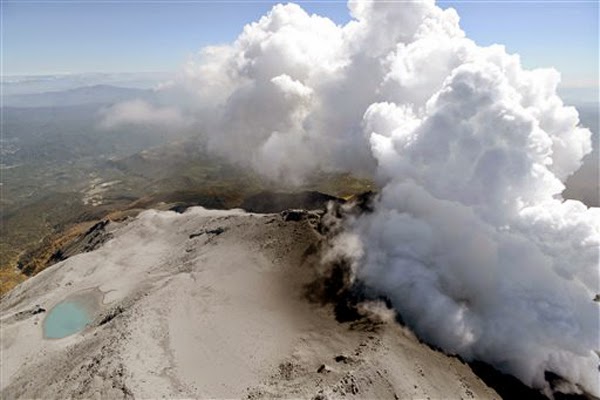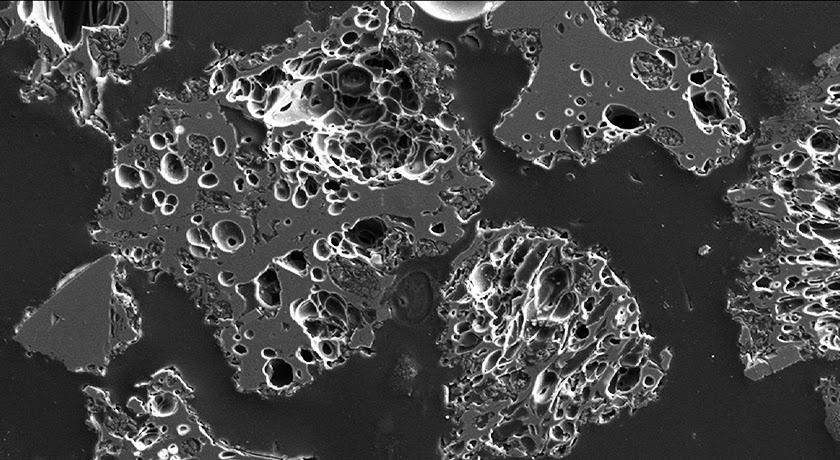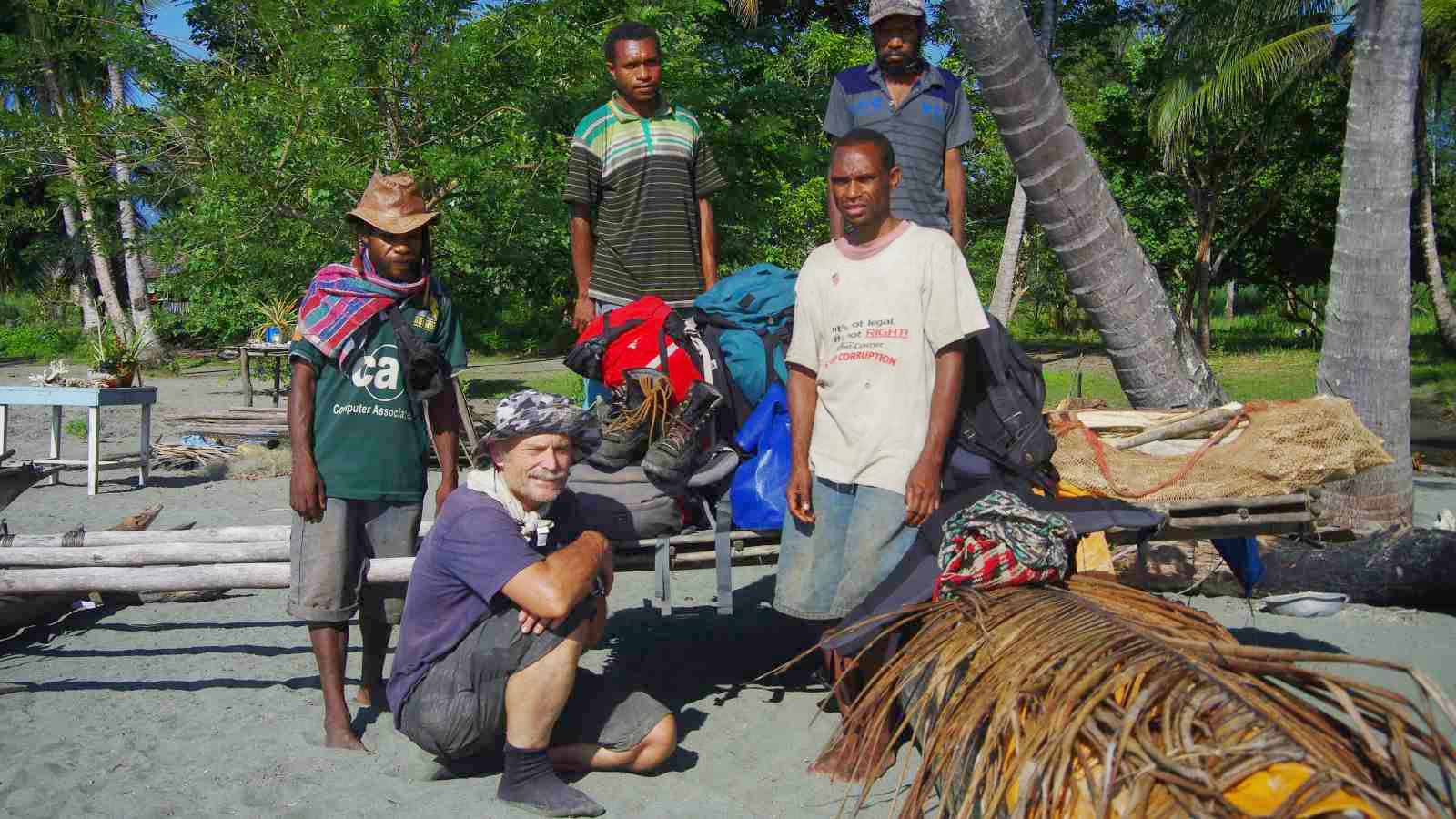
Professor Tim Little and Dr Kevin Norton from Victoria’s School of Geography, Environment and Earth Sciences are leading an international team in studying a unique active fault in the south-western Pacific nation.
The two scientists recently undertook a 10 day trip to the study area in the Owen Stanley Mountains of southeastern Papua New Guinea to conduct reconnaissance fieldwork before they return next year with a larger group of scientists and students to study the Maiu’iu Fault in greater detail.
Victoria’s Professor Diane Seward is also a principal investigator on the project—the rest of the group is comprised of PhD and Master’s students from Victoria, along with investigators from GNS Science, University of Liverpool, and two universities in the United States.
With financial assistance from the Royal Society’s Marsden Fund, the team hopes to get some insights into the mechanics of large faults in active continental rifts by measuring how rapidly a single large fault can move, to determine whether such slips can accumulate slowly and steadily without earthquakes, and to analyse how much friction the fault has.
What’s special about the fault, says Professor Little, is that it is moving extremely quickly and is inclined on a very low angle relative to the horizontal. “This implies the fault may be frictionally weak and slippery. The rapid slip leads to the uplift and exposure of a smooth fault surface, which can be studied in great detail in the field. More than a 25 kilometre width of the uplifted fault surface is currently visible in the landscape, rising from near sea level at the base of the scarp to an elevation of greater than 2800 metres near the crest of the mountains,” he says.
“The average rate of tectonic slip on this fault is very high, perhaps one centimetre a year, which is the fastest rate for a fault of its kind in the world. It’s being pulled up so rapidly that erosion isn’t able to keep pace, which means a smooth expanse of the fault surface is preserved in the landscape.
“There are examples of this kind of low-angle ‘normal’ fault in many ancient continental rift settings but only a handful of active examples are known to exist globally, so it’s kind of like a natural laboratory,” says Professor Little.
The analysis of the fault will draw on Dr Norton’s specialisation in cosmogenic dating, a technology which can accurately determine the ages of landforms. Victoria University is currently the only place in New Zealand that has a laboratory where this can be done.
“We can use cosmic radiation to determine how old a landform is,” he says. “When the radiation hits rock it turns some of the atoms into new different elements called cosmogenic nuclides. The longer a rock sits at the surface, the more these nuclides accumulate—we collect samples and measure them using accelerator mass spectrometry. We are lucky at Victoria to have a new state of the art cosmogenic nuclide laboratory.
“For the Papua New Guinea site we’re using cosmogenic nuclides taken from the fault to measure how fast it’s moving—the further up the exposed area of the fault we go, the older it is and the longer it’s been exposed to cosmic rays, so we can take samples from different points and work out the slip rate.”
Dr Norton says the location of the fault proved challenging at times—they had to walk for days across rugged terrain to access it. “We walked 88 kilometres through three different language zones in seven days,” says Dr Norton. “There were times when the path was a 10 centimetre-wide ledge and we were hanging on to roots trying not to fall off.
“I’ve never worked in this type of environment before—I’m usually in the European Alps where you can grab a coffee or an ice-cream in between taking samples,” he jokes.
The pair had to carefully negotiate with local people along the way to get permission to study the fault up close. “Traditional land rights are very powerful there, so we simply wouldn’t be able to work there if we didn’t get their approval,” says Dr Norton. “We made a lot of good contacts though—we talked with a lot of them and they’re extremely helpful and interesting.”
The research team plans to begin detailed investigation of the fault in Papua New Guinea by the middle of next year.
Note : The above story is based on materials provided by Victoria University


